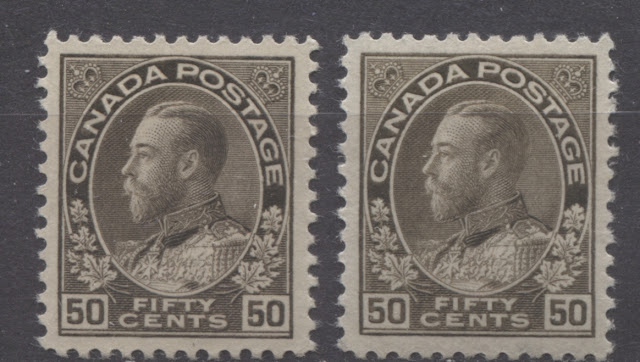Collecting Modern Canadian Postal History 1952-Date

Today's post will look at a field of collecting that has been very neglected, and which I believe offers philatelists an unprecedented opportunity. That field is the collecting of modern postal history. Modern postal history for the purposes of this post is all the postal history for stamps issued during the present reign of Queen Elizabeth II. What makes this period so interesting? Two things: 1. Frequent postage rate increases. 2. The proliferation of commemorative se-tenant issues and souvenir sheets, many of which were never intended to be used for postage. It is important to understand the factors that make a cover scarce and desirable. These factors are the same, no matter what time period we are talking about. There are many, but the main three factors are: Rate Route and Destination Franking The rate of the cover is the amount of fees that were required to pay for postage and any other services that were purchased in connection with the delivery, s...




